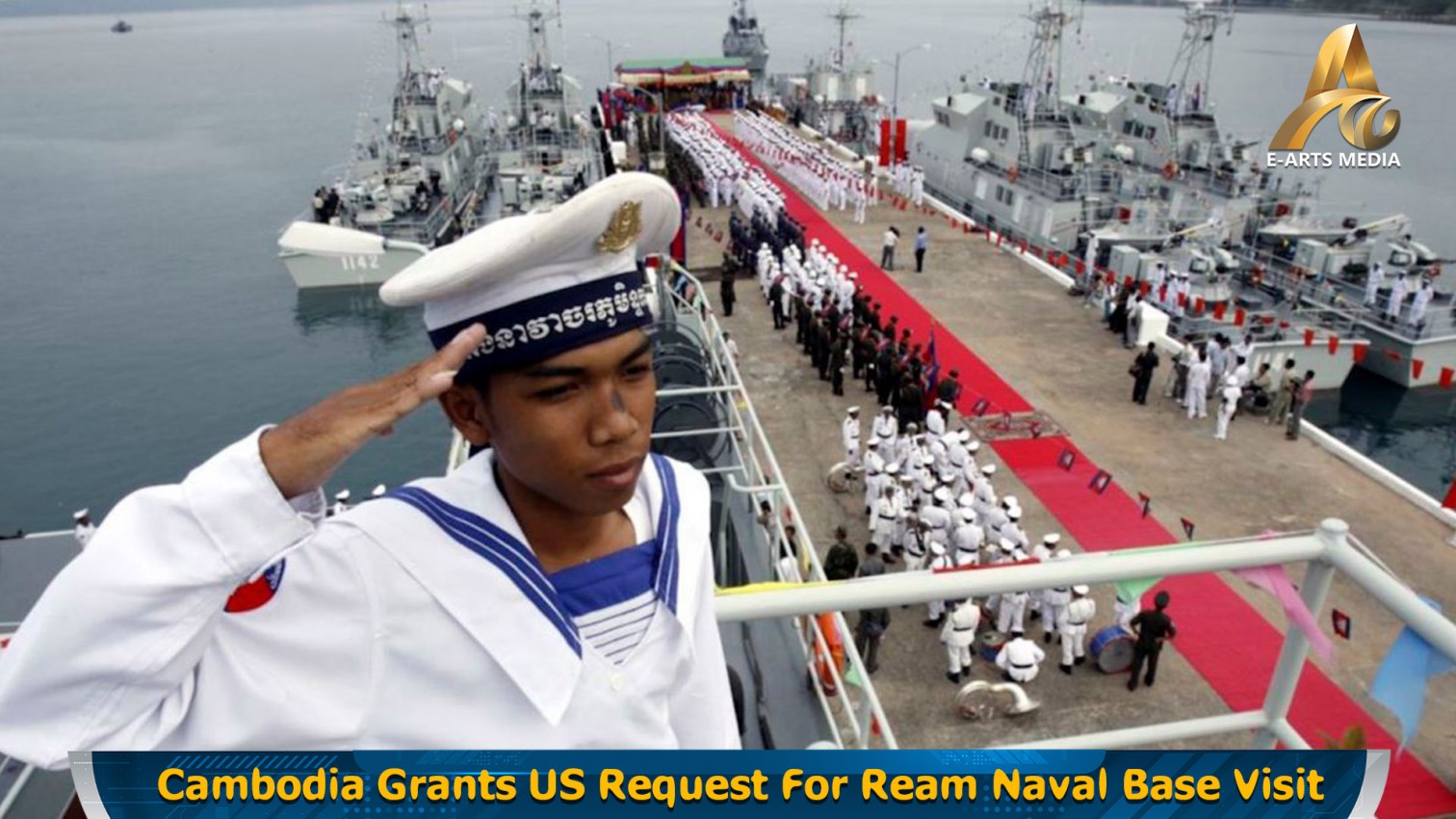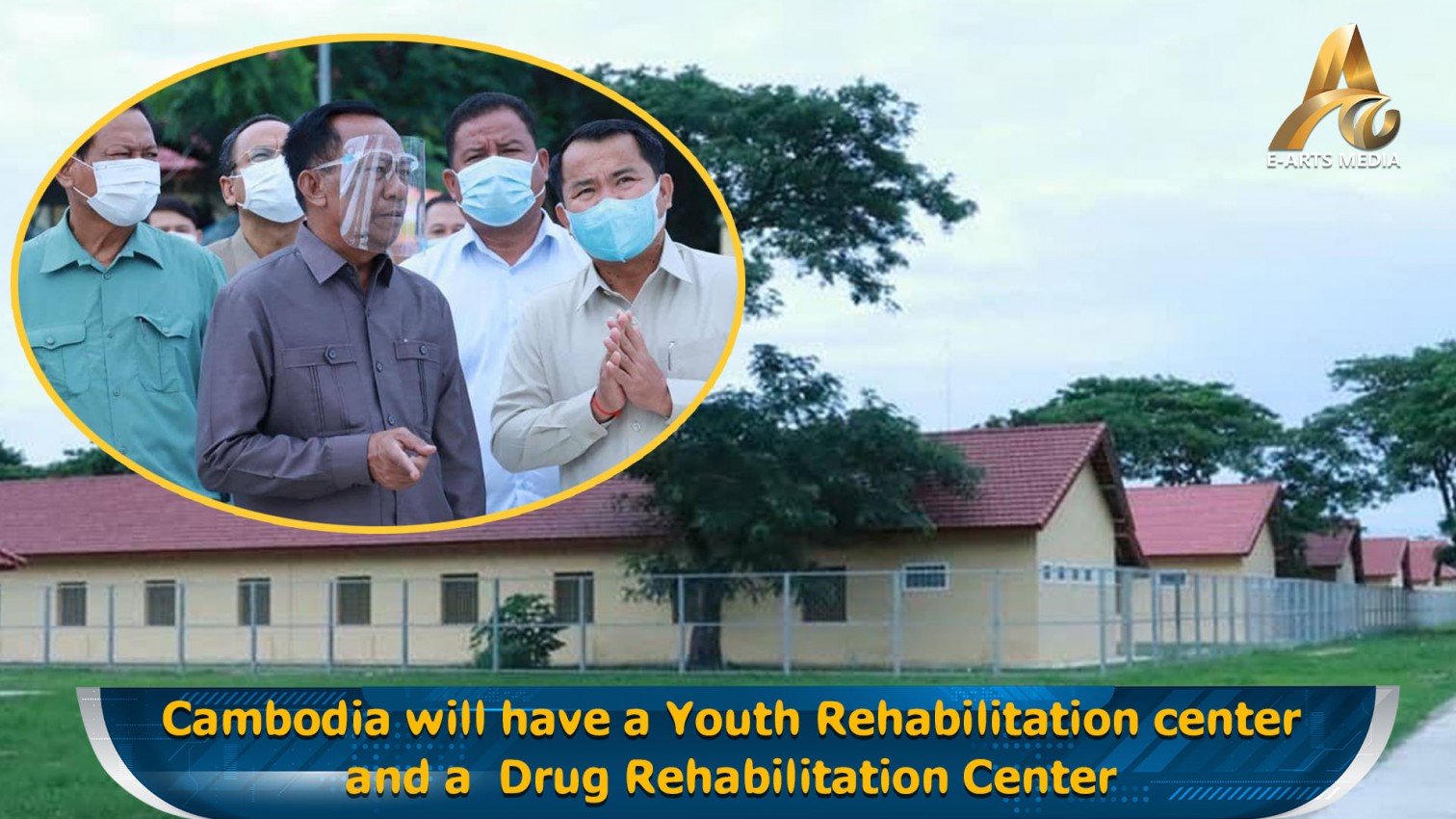PHNOM PENH: The National Museum of Cambodia remarkable place that secures history and proud of the Kingdom, being the biggest museum of Cambodia. However, the Museum had to close for months amid the spread of Covid-19, separating the millennial statues from its people. But since the 30 of October, the National Museum of Cambodia has finally opened its doors.
EAC News reporter Yuri Matoszko set with the Director of National Museum, Chhay Visoth, who kindly told the changes and repairs the Museum is facing for a better experience of the public.
In 1917 the governor-general of French protectorate of Indochina, in which Cambodia used to be part, appointed George Groslier to conduct a study on the “state of Cambodian arts”. George Groslier was a painter, historian and curator born and raised in Cambodia, becoming the responsible to design a museum completely based on Khmer culture and history.
A foundation stone to build the museum was laid on August 1917, finishing its construction in April of 1920. The Museum itself had experienced all the contemporary events of Cambodian, from Cambodian independence in 1953 to the civil war under the Khmer Rouge authoritarian regime, in which the museum had to close between 1975 to 1979. Just as the Museum was about to complete its bicentennial anniversary, in 2020, the Museum had to close its border once again, this time for safe precautions amid the rise of the Covid-19 pandemic.
More than a year after, the Royal Government’s successful vaccination campaign has given the Kingdom the opportunity to enter in its new phase of normality. In the thirty of October onwards, The National Museum has finally been allowed to thrive once again as the most important museum of Cambodia. It houses one of the world’s greatest collections of Khmer cultural material including sculptures, ceramics and ethnographic objects from the prehistoric, pre-Angkorian, Angkorian and post-Angkorian periods.
EAC News had the opportunity to interview the Director of National Museum, Chhay Visoth. Visoth says that although the closure of the National Museum has distanced the public from its exhibition, it gave more time for essential repairs at the building.
He says, “During the pandemic in the closing, we had great benefits in this, in terms of spending times for the conservation and restauration of the building. Particularly we are concern about the restauration and repainting the galleries and organizing the position of the statues as well as improving the physical appearance of the museum. That’s a great achievement we have done in order to be ready. Not completely 100% ready but at least after the government has allowed us to reopen, most of the part that we prepared has been done except for the renovation of the roof. For us, during the reopening we are very pleased to welcome the visitors, but in the way, that we are following the guidelines of SOP’s standard organization requested by the Ministry of Health. We are following the guidelines in order to ensure we offer the safe environment or the safe condition for local and international visitor.”
The Director has also given an insight about how the statues were reorganized for the Museum’s reopening. He believes that new and refreshing contents might attract new visitors.
Visoth has added, “When they come back, they hope to see something a little bit new or completely new. It depends, for our contemporary exhibition that is very new. For us, I tried my best to reorganize the statues in pre-Angkorian and Angkorian era. These two galleries were completed rearranged for the position of some statues. I tried my best to give a context to the visitor through the themes of religious, ethnographic of the statues. It depends of the context, for example we are thinking of rearranging in terms of space and chronology of the arts. Let’s say, pre-Angkorian, Angkorian and post-Angkorian. Something like that. I still try to follow this way, but try to give themes to be highlighted and I’m thinking about giving space for visitors, some parts I reduced the number of statues. And I tried to bring unimported statues that we are displaying outside and bring back to the gallery, sometimes some statues I need to bring it out so we rearranged. But sometimes it’s very difficult for me, to rearrange them, especially in the early period of Angkorian era. Because it’s very compact. There are more statues in this particular period. Four of five styles combined together but not chronologically, it jumps out. That’s the most difficult. I can’t deal completely this issue in order to let the visitors understand the context of the statues, because it jumps to Kroulen, Koh Ken than ,….. and something like that. So, it doesn’t go step by step or period to period.”
Chhay Visoth says the balance of the space and the number of statues are a challenge. According to him, there are 20,000 statues being conserved at the Museum, in the main galleries, adjacent areas and in the special storage. He has also shared with EAC News the Museum is working hard to improve the lights and the sign boards for each statue.
He says, “You can see the way that I tried to change is to equip the light system. Because I think that is very important. We can’t use the sunlight in order to showcase the statues, especially the masterpieces. Because the sunlight is not stable, especially during the rainy season. It can be dark, or lighter… That’s why we need a sustainable light system that showcase each statue. This is what attracts the most. You know, the feeling when we send our statues abroad. They put in their galleries, with their light system. The same object seems to have more attraction than the statues we display in our gallery… Because of the light system. This is very important”.
The Director of the National Museum is confident that in the future, young generations would be more involved in arts. He stresses, “I have known a big project founded by the Japanese government in order to introduce art in the public school. That’s a big way for younger generation of Cambodia to start loving art. I know in the past we had art, handcraft activities, but not focused on art, painting, drawing, not really pushing young students to love art. It’s completely different for students in private schools, especially for international school. They have art in their curriculum, that’s why I am happy to see the publication of the book that will introduce to public school in the near future. This is what I can see the context of art will be absorbed to the level of public schools for young generations, on the public schools.”
The National Museum of Cambodia opens from 8.00 am until 5.00 pm daily. Tickets stops selling at 4:30 pm, costing 500 riels for Cambodians, $5 dollars for foreigners between 10 and 17 years old, and $10 dollars for foreigners with 18 year and up. Guided tours can be arranged for individuals or groups at the museum entrance. Tours are available in Khmer, English, French and Japanese.
























